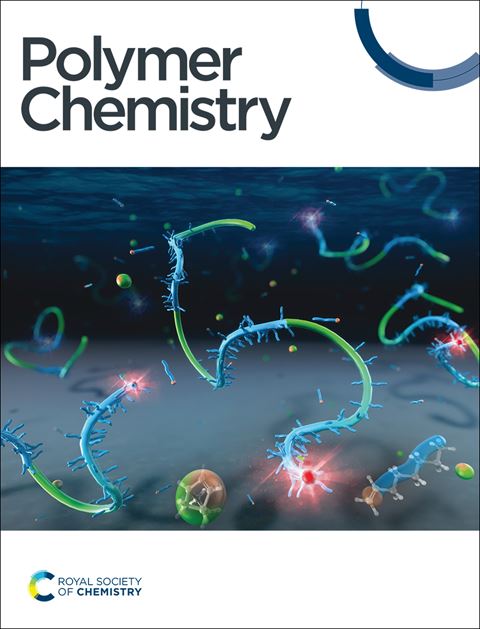Advances in Bone Adhesives: A Developmental Overview
IF 4.1
2区 化学
Q2 POLYMER SCIENCE
引用次数: 0
Abstract
Fracture represents a prevalent public health concern. The escalating incidence of traumatic fractures, particularly accompanying accelerated demographic aging in numerous countries, has intensified the demand for effective treatment solutions. Clinically, mechanical fixation remains the most efficacious approach for fracture management, necessitating extensive utilization of rigid orthopedic devices including bone nails, plates, and splints. However, metallic internal fixation systems exhibit inherent limitations in biodegradability and lack of osteogenic promotion during bone healing. Moreover, these conventional methods prove insufficient for treating severe bone trauma such as comminuted fractures. To address these limitations, bone adhesives have been developed as innovative materials for comprehensive bone repair. Demonstrating liquid-phase adhesion capability at injury sites followed by solidification-induced stabilization, these systems offer significant advantages in operational convenience and therapeutic efficacy. This review systematically categorizes bone adhesives into three chemically and methodologically distinct classes: synthetic polymeric adhesives, natural biomatrix-based adhesives, and bio-inspired hybrid adhesives. Through structural analysis of chemical compositions and preparation protocols, we examine the correlation between functional groups and molecular architectures with clinical performance characteristics. Evaluations focus on identifying advantages and disadvantages in osteogenic potential, biocompatibility, and mechanical stability across material categories. By elucidating the structural rationale underlying successful clinical applications, this work aims to establish a foundational framework for guiding future adhesive development. The systematic analysis of material properties and functional mechanisms presented herein seeks to clarify developmental pathways and stimulate broader interdisciplinary research engagement in this field.骨胶粘剂的研究进展:发展综述
骨折是一个普遍的公共卫生问题。外伤性骨折的发病率不断上升,特别是在许多国家,随着人口老龄化的加速,对有效治疗方案的需求增加。临床上,机械固定仍然是骨折治疗最有效的方法,需要广泛使用包括骨钉、钢板和夹板在内的刚性矫形装置。然而,金属内固定系统在生物降解性和骨愈合过程中缺乏成骨促进方面表现出固有的局限性。此外,这些传统的方法被证明不足以治疗严重的骨创伤,如粉碎性骨折。为了解决这些局限性,骨胶粘剂作为一种创新的材料被开发出来用于全面的骨修复。这些系统在损伤部位展示了液相粘附能力,随后是固化诱导的稳定,在操作便捷性和治疗效果方面具有显著优势。本文系统地将骨胶粘剂分为三种化学和方法上不同的类别:合成聚合物胶粘剂,天然生物基质胶粘剂和仿生混合胶粘剂。通过化学成分和制备方案的结构分析,我们研究了官能团和分子结构与临床性能特征的相关性。评估的重点是确定不同材料类别在成骨潜力、生物相容性和机械稳定性方面的优缺点。通过阐明成功临床应用的结构原理,本工作旨在为指导未来粘合剂的发展建立一个基础框架。本文提出的材料特性和功能机制的系统分析旨在阐明发展途径,并促进该领域更广泛的跨学科研究。
本文章由计算机程序翻译,如有差异,请以英文原文为准。
求助全文
约1分钟内获得全文
求助全文
来源期刊

Polymer Chemistry
POLYMER SCIENCE-
CiteScore
8.60
自引率
8.70%
发文量
535
审稿时长
1.7 months
期刊介绍:
Polymer Chemistry welcomes submissions in all areas of polymer science that have a strong focus on macromolecular chemistry. Manuscripts may cover a broad range of fields, yet no direct application focus is required.
 求助内容:
求助内容: 应助结果提醒方式:
应助结果提醒方式:


